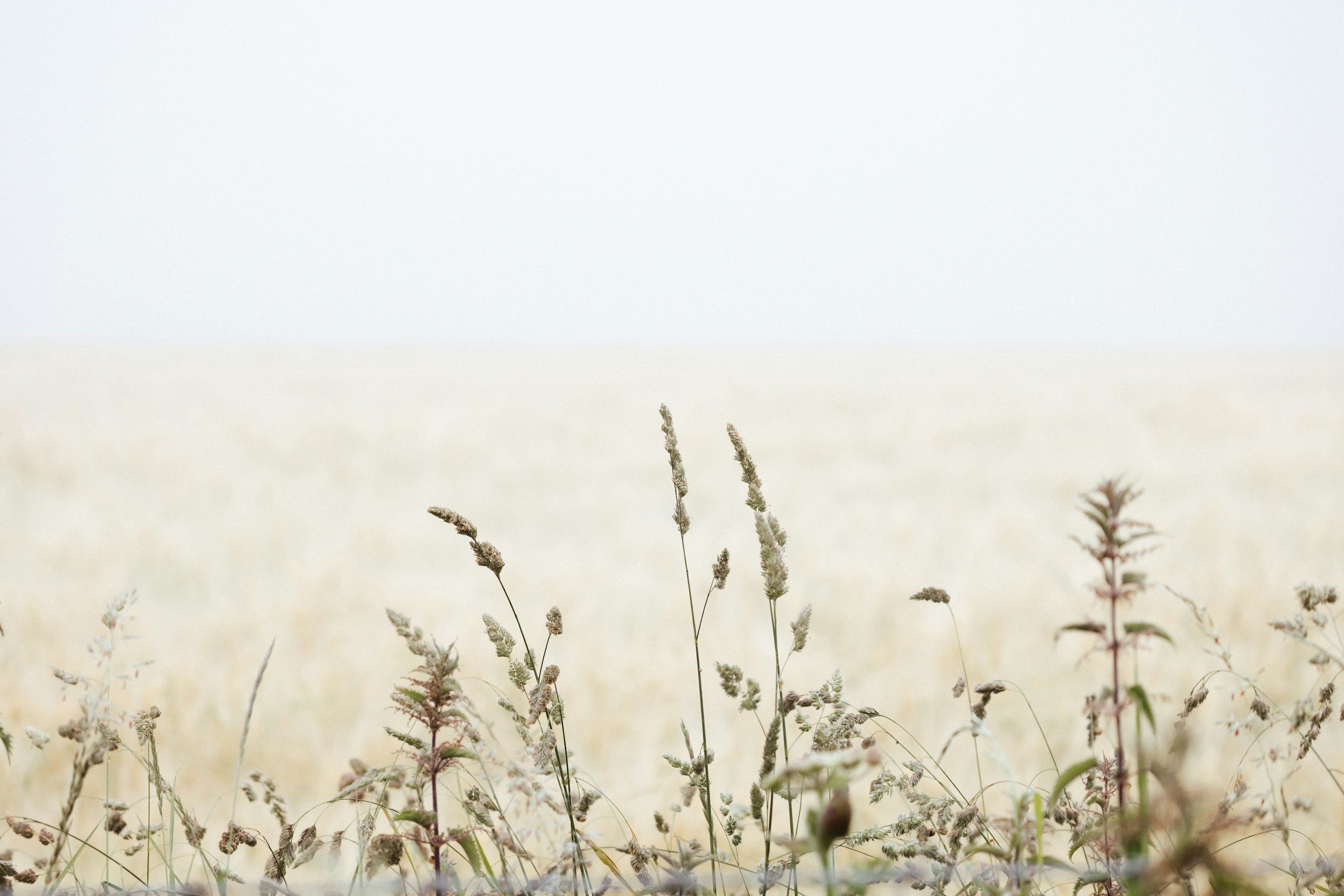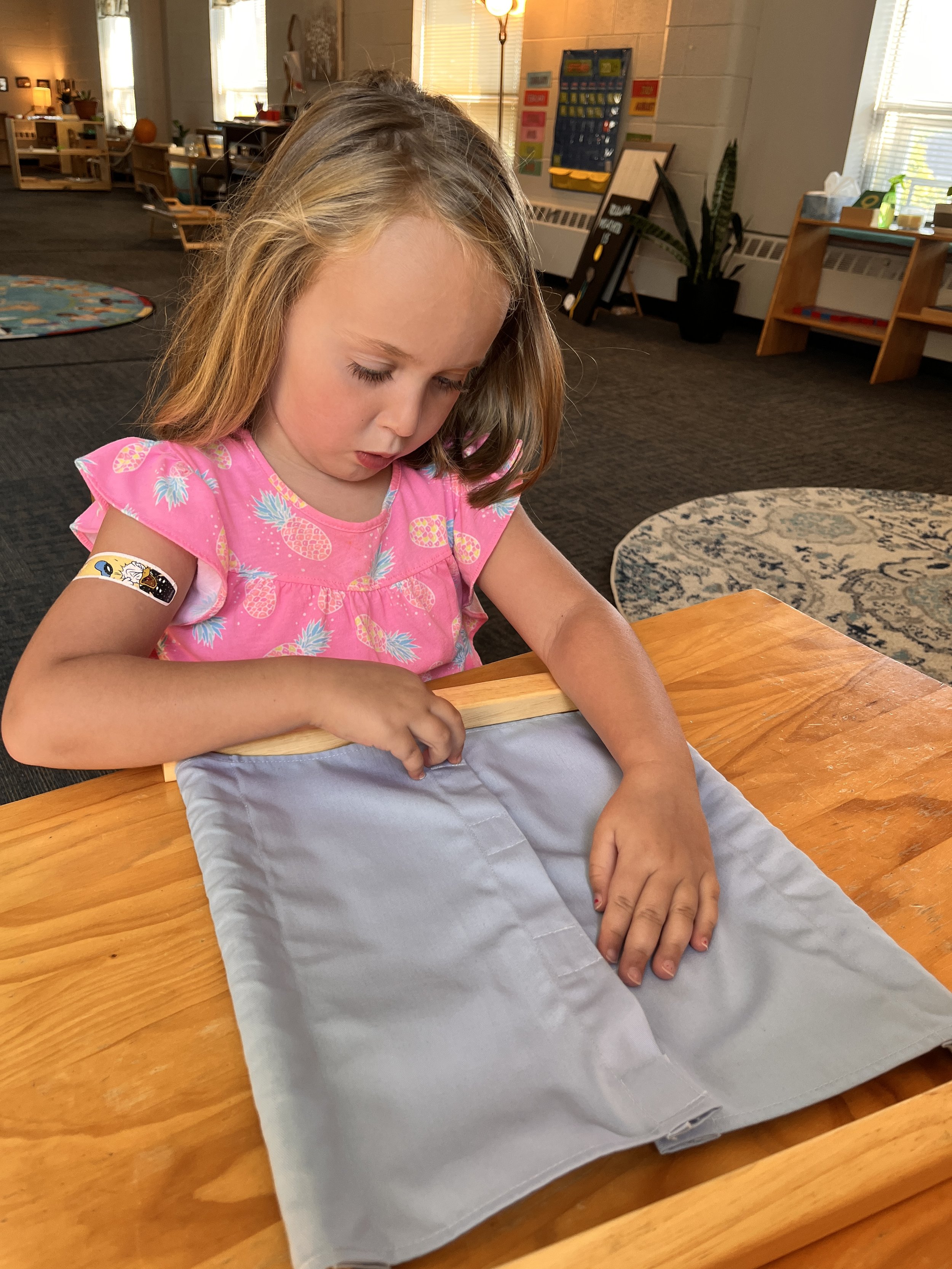
Practical Life
This area of the curriculum lays the foundation for all other learning in the Montessori classroom. The activities of this area, which are highly appealing to young children, develop concentration, coordination, order, and independence. When a child begins classroom work in this area, they learn skills that will be carried over throughout the work in the classroom and beyond. They will learn to carefully carry and use the materials, to work with focused attention, to complete tasks, and to follow orderly processes. The work flows from left to right and top to bottom, which helps train the eyes and mind to track visuals needed for writing and reading.
The familiar everyday items found in the Practical Life area help the child feel more comfortable at school. They provide a link between the home and school environment, making the transition to school easier. The child’s success with this work instills a secure sense of self. The child will learn Care of Self, Care of Environment, Grace and Courtesy, and Control of Movement.
Water Pouring
In a Montessori classroom, water pouring is located in the Practical Life area. Water pouring can be presented in a variety of containers and vessels of different sizes (mainly ceramic or glass). Our learners tend to be drawn to water activities. They like to be involved in the process of pouring, washing, and transferring water. Simply pouring the liquid back and forth can engage their concentration longer.
Transfer with Tongs or Tweezers
In our Montessori Classroom, we use tongs or tweezers to transfer material from one place to another. Using tongs with transfer work allows the learner to develop focus and concentration through repetition. It also works on eye-hand coordination and visual discrimination and encourages task completion.
The Dressing Frames
This is a set of wood frames in which two pieces of cloth or leather can be fastened together at the center of the frame. Each frame uses a different type of fastening device, including buttons, snaps, zippers, ribbons for bow tying, hook-and-eyes, Velcro, coverall hooks, buttons, buckles, lace, and safety pins.
Purpose for all frames;
Care of person
Learning to fasten one’s clothes
Fine-motor coordination
Eye-hand coordination
Development of concentration
Encouraging task completion
Visual discrimination
Follows an orderly process
Fosters independence





